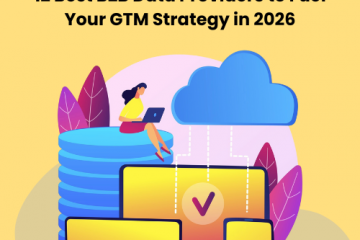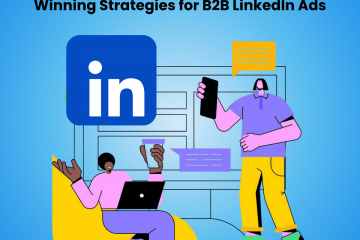What Is Product-Led Growth in 2025? SaaS Trends, Metrics, and AI Strategies
For those familiar with the Software as a Service (SaaS) industry, you likely recall the days when buying software was akin to securing a mortgage. First, there was a demo, then a discovery call, followed by a proposal and legal consultation, with a proof of concept later on, and perhaps a deal. Software was not bought; it was sold.
Then came the change.
Now, in the background, a new product category was emerging: tools that required neither a sales pitch from an account executive nor an installation by an engineer. Signing up was all that was needed, and then you could click around. Think of products like Dropbox, Slack, Calendly, and Notion. No longer did users need to talk to anyone before they could begin using the products. No longer did products push themselves into organisations through relationships. Instead, they pulled users in through sheer usefulness, design, and virality.
This was more than a user experience trend. It was a change in how to bring a product to market. A new way of thinking about growth: Product-Led Growth.
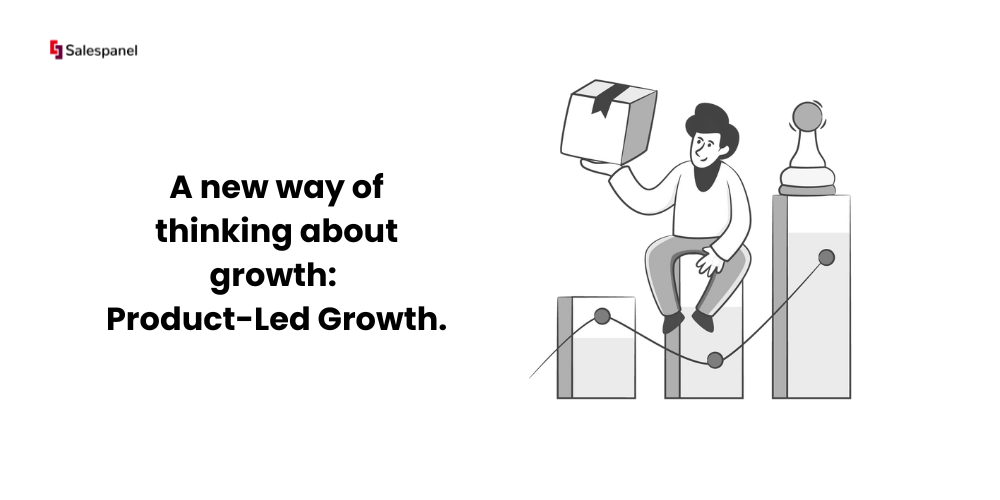
PLG, or product-led growth, takes the sales funnel and twists it inside out. Rather than experiencing the product after being persuaded, the product itself acts as the experience that convinces you to buy. With PLG, the product becomes the focal point of a business and does the work of interest capture, value demonstration, trust building, and even drives further investments or use of the product. In a product-led world, the journey starts with a signup button instead of a pitch deck.
But PLG isn’t simply “freemium” or “self-serve,” “try before you buy” models. Those are just parts of the whole. The essence of PLG is that the product becomes the growth engine. It’s a strategy based on user experience, behavioural data, and natural usage patterns informing how a business acquires, activates, retains, and expands its customers. It is part go-to-market, part product design, and part psychology.
This approach does have its limits, and ironically, still relies on traditional sales and marketing, albeit later in the funnel when they have better data and better timing to support their efforts.
What stands out today with PLG is how much it has changed. With AI integrated into every facet of software construction, marketing, and scaling, PLG fundamentals are being transformed. Intelligent assistants, predictive onboarding, adaptive pricing, and real-time intent scoring are powering this new motion. Now, “product-led” does not only mean user-driven; it also means machine-augmented, insight-fueled, and infinitely adaptable.
If you are trying to wrap your head around PLG in 2025, not as a buzzword, but as the backbone of contemporary SaaS, thankfully, you are at the right place. We are not attempting to sell you a one-size-fits-all playbook. We plan to explain how things work from the inside.
Let’s get started.
How We Got Here: The Timeline of Product-Led Growth
To better understand Product-Led Growth, it helps to first take a look at what it was fighting against.
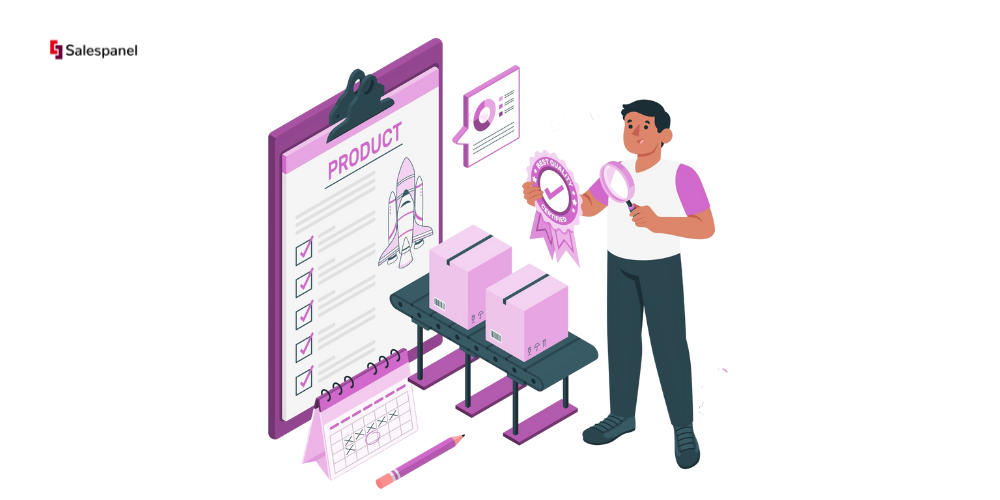
For many years, software sales followed a familiar and more traditional trajectory, especially in enterprise software. It thrived in the realm of white papers, trade shows, RFPs, and sales decks featuring meticulously rehearsed pitches. Software selling meant developing partnerships, going through the procurement maze, and often, spending weeks persuading numerous decision-makers that the product was worth its price tag. Ironically, the product was the last thing a customer got to interact with.
For many years, software sales followed a familiar and more traditional trajectory, especially in enterprise software. It thrived in the realm of white papers, trade shows, RFPs, and sales decks featuring meticulously rehearsed pitches. Software selling meant developing partnerships, going through the procurement maze, and often, spending weeks persuading numerous decision-makers that the product was worth its price tag. Ironically, the product was the last thing a customer got to interact with.
The software was sandwiched between demos and gatekeepers, and the user? Well, they were just secondary to everything. Closers were determining how deals would be done. The individual who would actually use the software had negligible influence on the purchasing decision.
However, two major shifts started to disrupt this model around the late 2000s.
The first one is the maturing of cloud infrastructure. Businesses didn’t have to install or host software on-premise anymore. With a click of a button, one could deploy a new tool. This sophistication made it easier for both end users to try new products and for developers to build products.
We also saw the emergence of a new breed of SaaS startups. These were not only leaner; they were built with a totally different mindset. They didn’t have to reach their users through a sales team. The product itself was the sales team. Dropbox gave you free storage and nudged you to invite your friends. Slack allows you to create a workspace and instantly chat with your team. Zoom worked seamlessly and didn’t require any manual.
These were not isolated wins in the customer experience area—rather, they were strategic decisions for entering the market. The customers were realising the value of their schedules. More importantly, they were taking others along with them. What previously required extensive marketing and outbound campaigns has, instead, begun occurring naturally through the product.
This phenomenon began gaining traction in the early 2010s and came to be known as Product-Led Growth (PLG).
It was not only about self-serve signups—it was about developing a product that could market itself, sell, and expand by itself. It also aimed at compressing the funnel: collapsing awareness, interest, and activation into a streamlined experience. A well-crafted onboarding process could exceed a sales pitch. A simple prompt to invite a teammate could spur viral growth. Revenue with no negotiations could be unlocked through a usage-based upgrade path.
By 2016 and 2018, PLG gained recognition and was championed by venture firms like OpenView as the future of SaaS. New metrics such as Product-Qualified Lead (PQL) emerged. Companies began hiring “growth PMs” and integrating revenue into the product design. Even enterprises began offering freemium models and free trials, not as marketing strategies, but as scalable gateways to high-LTV customers.
Even today, the majority of companies that focus on B2B still have a long way to go. PLG has a very different kind of alignment that is needed. It’s not simply a shift in tactics that is needed instead, it is a complete cultural transformation. This means that the product, marketing, and sales teams have to collaborate in a new way. In addition, new instrumentation was required: monitoring usage, customer journey tracking, segmenting intent, and taking action, among others. To put it simply, it was cross-functional, technical, and difficult.
PLG proved successful. When PLG is used with the right product and the right market, it provides speed and efficiency at a scale that traditional methods could never match.
And then came AI.
The Heart of Everything Product Led Growth: What Is The Driving Force Behind It?
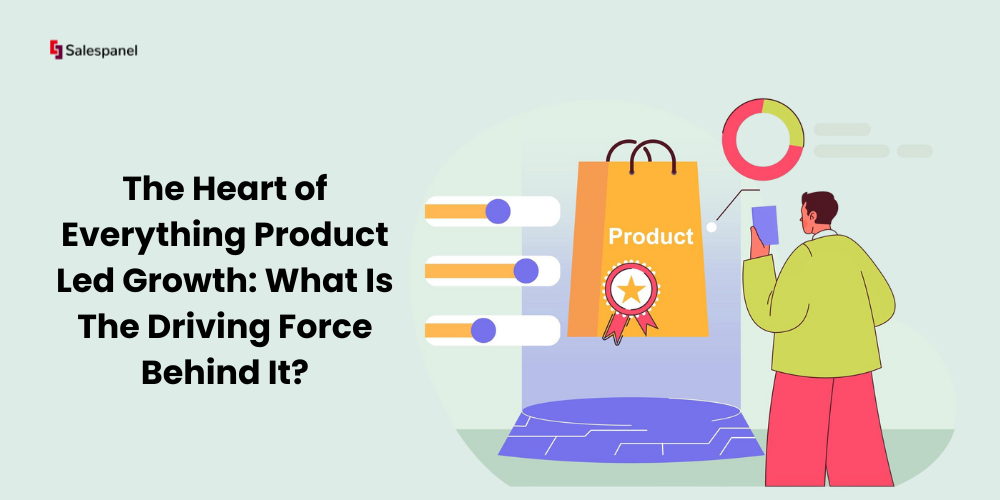
If we were to consider Product-Led Growth (PLG) as a machine with different parts, what would those parts be, and what moves that machine both forward and backward? More importantly, how do we measure success?
Product Led Growth Techniques can sometimes feel overly simplistic. Create a quality product. Allow potential customers to test it. Ensure onboarding is seamless. Stand back and watch the numbers. PLG works on a very well-integrated and cohesive set of ideas, which include mechanics, metrics, and sensors that monitor and adapt in a feedback loop. If you’re not monitoring closely, the machine may not function as seamlessly as it appears.
PLG is not magic but rather relies on a well-defined strategy. Let’s explore the concepts and terms that are the backbone of PLG and the metrics that the teams are preoccupied with to be successful.
AARRR: The Pirate Framework That Still Holds Up
The essence of PLG strategy often stems from Dave McClure’s AARRR framework, which is self-explanatory if you break it down: it’s a funny (or rather a goofy) name but with serious insight. It’s not PLG-specific per se, but it aligns beautifully with the way product-led companies think.
Acquisition: How do users find the product? This could be via SEO, word of mouth, viral invites, app marketplaces or content loops.
Retention: Are they returning? And not just latching onto the app, but using it actively and consistently over a period of time?
Referral: Are users actively and passively promoting the product? Invite other users? Does the product have viral growth mechanisms?
Revenue: Are users upgrading to a paid subscription? Is there account-based expansion?
In PLG, it is not just conversion you are looking to optimise for; you are also trying to optimise for engagement, which requires layered interactions with the product to pull people through the funnel. This requires absolute certainty on what success looks like at every level.
Time to Value (TTV): The New Conversion Metric
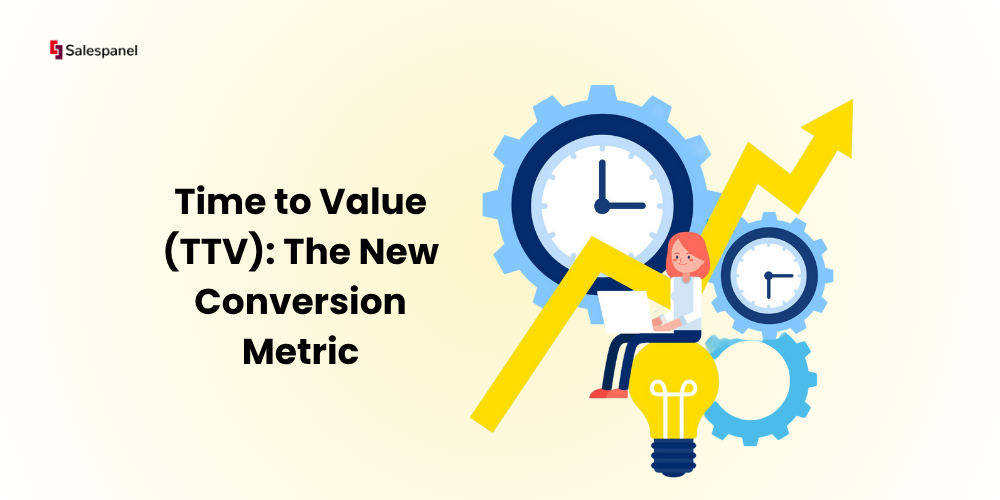
In more traditional sales approaches, success is often determined by deals closed or demos booked. In PLG, a more illuminating metric is Time to Value, or TTV.
TTV addresses important business questions. How fast can a new user achieve a meaningful outcome?
With Notion, that is creating your first page. For Figma, it is inviting a teammate to co-design with you. For a CRM, it is uploading your first contacts. The faster users reach that “aha” moment, the more likely the activation, retention, and monetisation trifecta.
TTV is more than a concern for user experience (UX); it is a revenue driver. If your onboarding sequence postpones value delivery, you are adding friction during the most fragile stage of the user journey.
PQL: The New MQL
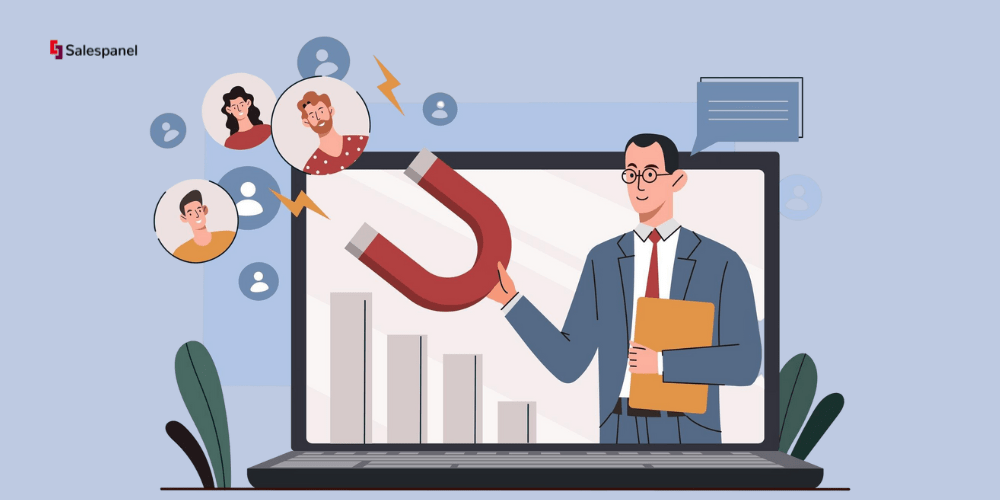
MQLs, or marketing-qualified leads, are often used by conventional sales teams to determine who qualifies to be passed on to sales. MQLs are mostly assigned a value based on form fills, content downloads, or demographic information.
With PLG comes a more behaviorally accurate metric with the MQL: the PQL, or Product-Qualified Lead.
A PQL is someone who has engaged with the product in a meaningful way. Perhaps they have reached some usage threshold, granted teammate invites, explored integrations, or encountered a paywall. Whatever the usage signals are, they’re not based on what someone said—they’re based on what someone did.
This changes things subtly, but in a very impactful way. It changes for marketing from the guesswork of lead qualification to a product-based reality. No more guessing who’s a good lead; you’re witnessing the evidence in real-time.
North Star Metrics and Leading Indicators
While PLG companies track numerous signals, they frequently converge around a North Star Metric—a single metric that encapsulates long-term value creation.
For Slack, it was “messages sent within a team.” For Zoom, it was “weekly hosted meetings.” For Calendly, it was “meetings scheduled.” These metrics, which some may consider vanity metrics, are actually valuable indicators that reflect long-term worth, which often links to profit.
Backing these metrics are a number of leading indicators:
- Onboarding completion rate
- Depth of feature adoption
- Active teammates invited
- Session interval duration
- Count of integrations or API calls (in technical tools)
PLG teams track these not just for reporting purposes, but to initiate targeted actions like nudges, emails, direct contacts, or changes in pricing.
The Product is the Funnel
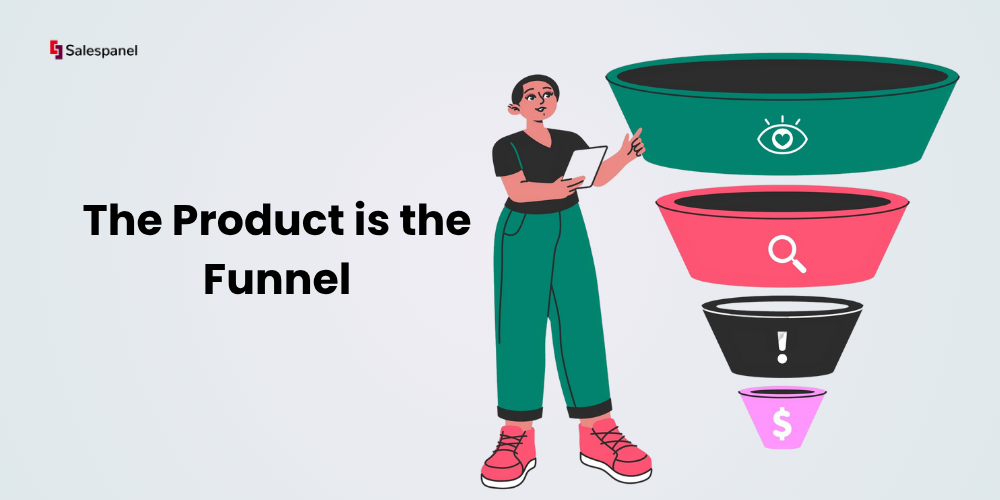
In PLG, the product does not merely enable progress; it is growth. Every element, such as screens, buttons, or points that cause friction, is integral to the funnel. Marketing can bring a user in, but after that, the product takes over as the website, landing page, sales document, and demonstration of value.
This is what makes PLG so trans-disciplinary. It requires empathising design, guidance-oriented UX, real-time tracking enabling engineering, and GTM teams that respond to user interactions. It is the intersection of product and go-to-market with no defined borders.
At first glance, these fundamentals may appear operational, but they have a deeply strategic nature to them as well. Understanding your PQL criteria, having a low TTV, and a North Star metric that’s linked to real outcomes means you aren’t just growing. You are compounding.
2025 Trends in Product-Led Growth
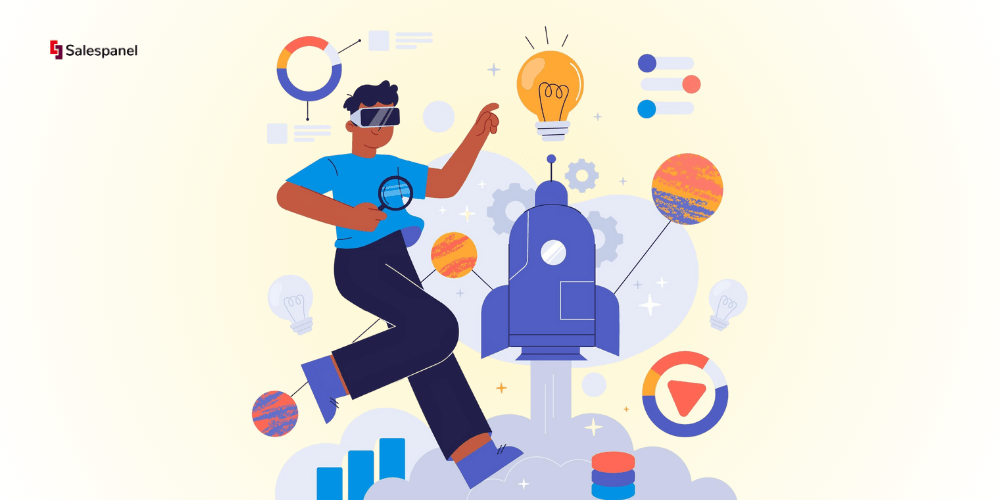
The past decade has been centered around proving that Product-Led Growth works. In 2025 we now see that PLG is not limited to beautiful onboarding and frictionless signups. It is shifting towards greater intelligence, personalization, and invisibility.
Let us look into how the playbook is changing.
1. Personalisation at the Moment of Need with AI
During the early PLG years, onboarding personalisation branches were simple. “If you’re a team of more than 5, show this flow.” With AI integration in product experiences, personalisation is now driven by behaviour and context on a deeper level.
It is now possible for products to infer what a user is attempting to do, not just through clicks, but via action sequences, timing, and even subtle pauses. And responding accordingly. There are real-time nudges, adaptive tooltips, and dynamic UI reconstructions that are custom-tailored to help users succeed given current circumstances.
Self-service has evolved—rather than generic assistance, it is now customised guidance. It feels like a concierge seamlessly woven into the system.
2. PQLs Are Getting Smarter (and Less Binary)
The concept of a Product-Qualified Lead is changing. It is no longer as simple as a user crossing a specific mark, for example, uploading 100 contacts or inviting 3 team members. Instead, we are noticing the emergence of blended signals: a mix of behavioural, firmographic, technographic, intent data, and more, all merged in real time by AI.
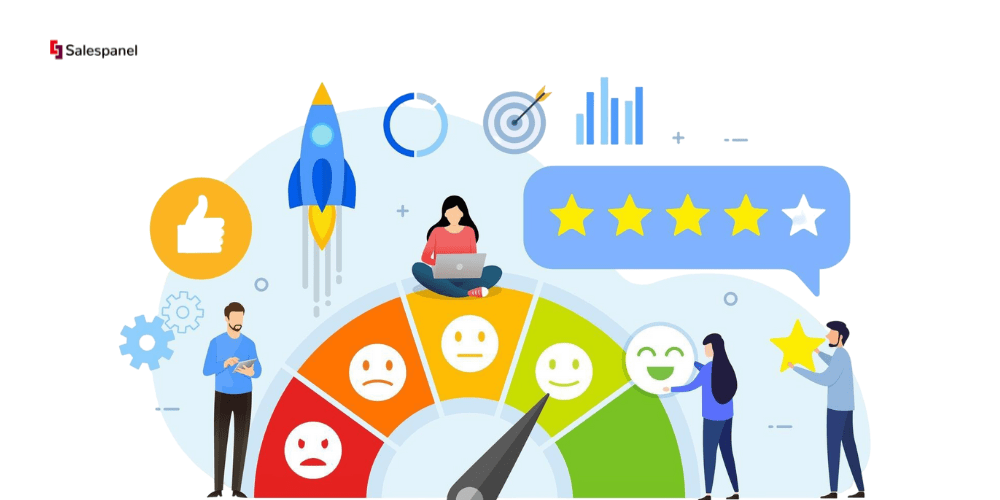
Some teams have even started adopting a new internal nomenclature: PQAI—Product-Qualified + AI-Augmented Intelligence. These frameworks score user engagement while also predicting the user’s readiness for sales or upsell engagements using historical lookalike baselines instead of just threshold metrics.
It’s no longer capturing value at the precise moment. Anticipating it is what matters now.
3. Adaptive Paywalls and Usage-Based Pricing Walls
Paywalls are evolving in 2025 as well. Outdated, rigid pricing tiers are a thing of the past. Marketers for PLG companies are trying to adopt adaptive monetisation: payment walls that flex depending on the use case, growth stage, or even team size.
For instance, certain AI tools may permit longer free usage for early-stage startups while incentivising earlier transitions for enterprise teams demonstrating high-value engagements. Some even experiment with gentle nudge conversions without spooking users off.
Monetisation is becoming a product experience in itself, not solely a pricing page.
4. Expansion Is Becoming More Intentional (and More Inconspicuous)
Inviting users to bring on teammates used to be a product-led expansion. In 2025, it’s more precise.
Products are developing internal expansion loops. They monitor usage hot spots, showcase collaboration bottlenecks, and suggest feature access or upgrade approvals to team admins. Most of this occurs in-product, and often no outbound sales emails are needed.
Even the old-school hand-off to a sales rep is becoming lighter. A lot of teams now operate “sales-assist” roles that only kick in after an AI detects a valuable pattern.
The product directs. The people simply assist in closing loops.
5. The Norm Is Shifting To Embedded Intelligence
One of the more philosophical shifts happening in PLG is the rise of embedded intelligence. More and more products are shipping with co-pilot features, in-product AI chat assistants, or even autonomous agents that act as guides, troubleshooters, and decision accelerators.
And these aren’t gimmicks—they’re core to the user’s journey of discovering value. When onboarding dialogues and configuration prompts take over, the product transforms into a partner instead of just a tool.
This is a major shift. Now, it’s AI-enabled and goes to a whole new level of implications.
6. AI becomes a growth partner.
Some teams consider AI a product feature. “We added an AI feature,” or “we launched a GPT-powered copilot.” Such statements only highlight surface-level PLG improvements. The real shift occurs when AI integrates as a growth partner within the product.
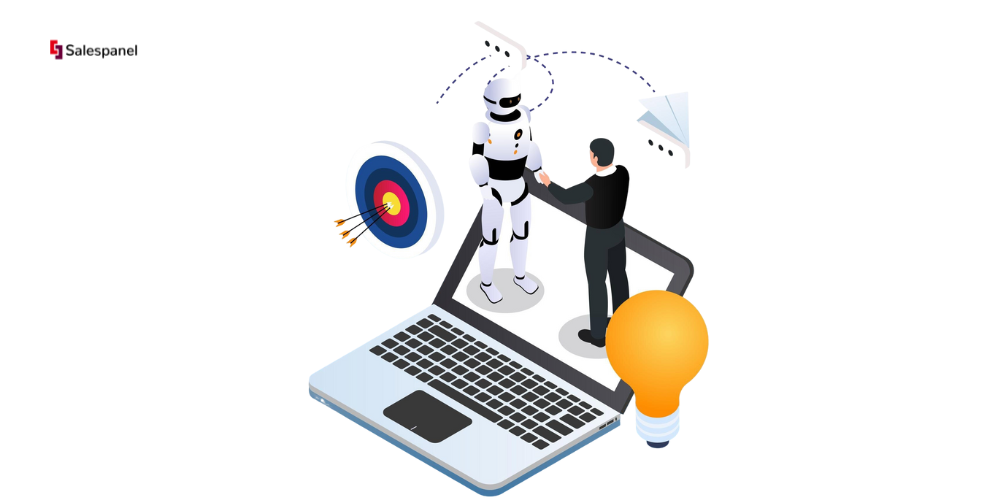
In this structure, AI:
- Recommends unused features that users likely need
- Activates discussions about pricing based on modelled account expansion
- Preempts churn through tailored nudges and addresses drop-off risks
- Suggests tech stack detections for integration
- Observed friction-based copy-onboarding rewrite in real-time
Product intelligence fades while user intelligence takes precedence.
7. Machine Learning + Product Analytics: The New Nervous System
What if the biggest changes remain hidden from sight? What if it’s not the customer-facing changes that matter most, but rather the AI models integrated with behavioural analytics?
With Amplitude, Mixpanel, Heap, and Salespanel, it is now possible to train machine learning models to:
- Real-time user segmentation
- Predictive churn drop-off cohort identification
- Usage-feature correlation revenue analysis
- Onboarding improvement recommendations through automated tests
Autonomous product intelligence at its peak! It is shifting the workflow of PMs, marketers, and sales teams from mere reactions to functioning as components of a complex adaptive organism.
8. Invisible Sales, Predictable Growth
Traditionally, sales were meeting-based, featuring pitches or proposals. In the PLG motion enhanced by AI, sales become a whisper.
Products are now capable of:
- Forecasting when teams will outgrow their current plans.
- Inferred company size and usage to suggest bespoke pricing.
- Initiating sales-assist workflows only when human action is necessary.
- Designing in-product upsell paths that reveal advanced features organically.
This type of expansion enhances the experience without disrupting the user journey; rather, it completes it.
9. Privacy, Ethics, And Behavioural Influence
With innovation comes governance—more of it.
As products become sophisticated and as they encourage users to adopt certain behaviours, the discussion around privacy and consent is sharpening. The best PLG companies are not only meeting compliance regulations. They are leaning into trust by enhancing privacy as part of the user experience.
Look out for more companies explaining their reasoning behind data-driven nudges, outlining how information is gathered and used, and allowing users to control their own journey settings.
Smart PLG goes beyond optimisation and becomes ethical.
The promise remains the same: set the product in the driver’s seat, and let it demonstrate, rather than tell, why it is worth the investment.
Final Thoughts
Product-Led Growth isn’t a temporary trend; it was a reckoning. A shift that, in the age of digital, products themselves would emerge as the most persuasive salespeople, the most efficient marketers, and the most trusted onboarding coaches. Today, that realisation has transformed into an even more compelling concept in 2025: products that guide and learn.
Meeting the needs of the market is incredibly difficult in the present day because buyer journeys are multi-dimensional, capture attention, and simultaneously meet towering expectations. Buyers prefer to evaluate and explore without being pressured to make a decision. Supporting themselves is an entirely different ordeal, and understanding who users are, what they’re doing, and why they’re doing it in real time is the only solution.
This is the inflexion point where product-led growth either breaks through or breaks down.
With the right tools, making this leap becomes much easier. Salespanel is a prime example.
Salespanel quietly works to uncover insights that power smarter onboarding, timely nudges, and intelligent qualification. It listens, watches, and analyses user behaviour across sessions, accounts, and actions. For most other companies, trying to figure out user intent is often too late.
With behavioural tracking, real-time user monitoring, and lead scoring, Salespanel becomes an essential tool in any modern PLG stack. It enables you to not only track what users are doing inside your product, but also how that action relates to account-level intent, deal velocity, and revenue.
In a world where your product serves as your pitch and data is your currency, Salespanel ensures you’re not operating blindly.
In the current state of PLG, building outstanding products is not the sole focus; businesses need to develop frameworks that automatically scale trust, value, and timing without requiring a human at every stage of the process.
If you are planning to build a product-led motion, it’s time to view intelligence as more than just a feature. Consider it part of your growth architecture.
At the end of the day, it is not only the product that takes charge. What enables this is the data surrounding it.
I hope you enjoyed reading this article. If you would like me to cover more topics, please let me know. You can reach me through the Salespanel support desk.
Sell more, understand your customers’ journey for free!
Sales and Marketing teams spend millions of dollars to bring visitors to your website. But do you track your customer’s journey? Do you know who buys and why?
Around 8% of your website traffic will sign up on your lead forms. What happens to the other 92% of your traffic? Can you identify your visiting accounts? Can you engage and retarget your qualified visitors even if they are not identified?
